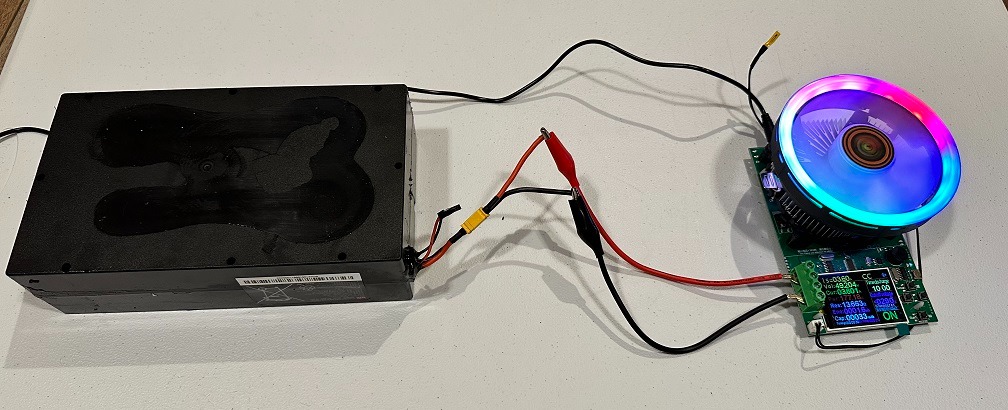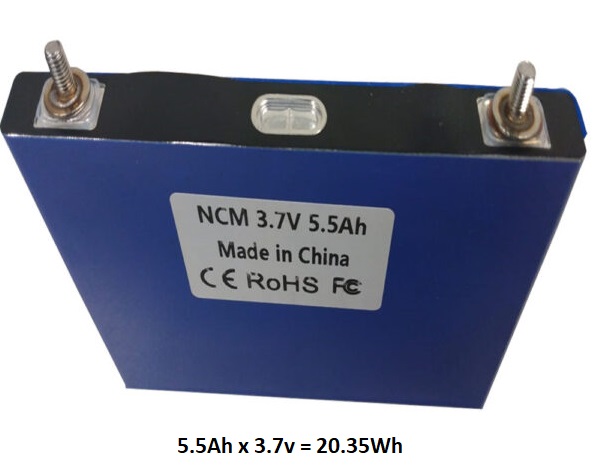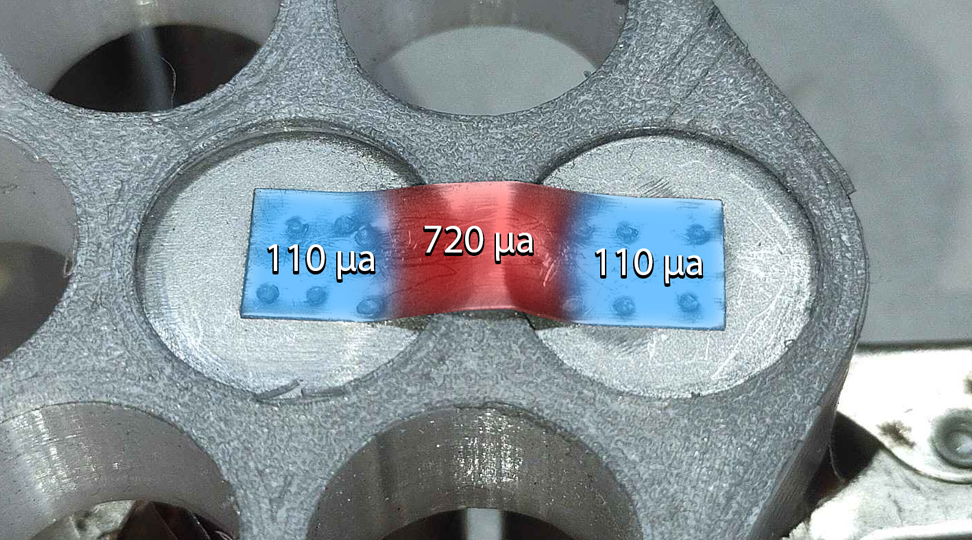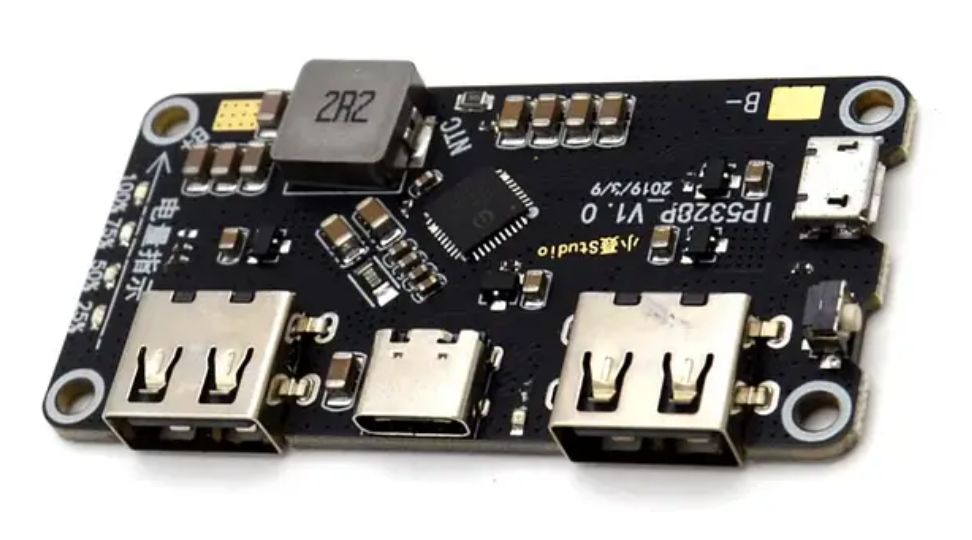
How To Calculate 18650 Battery Run Time
Table of Contents
18650 battery run time can be calculated by dividing the number of watt-hours in your battery by the amount of watts that your equipment needs.
For example, if an air conditioner requires 556 watts to run and you have a 12V 100Ah battery, that's 12 volts x 100 Ah, which comes to 1200 watt-hours. 1200 watt hours divided by 556 watts comes to 2.16 hours of run time.
So, How Do You Calculate 18650 Battery Run Time?
Calculating the run time of a 18650 battery involves dividing the amount of energy stored in a cell by the amount of energy per hour you need to take out of it. The charging and discharging process of lithium-ion cells is nearly 100% until you start to approach the current limits of the cells.
Device: 5W Device x 2 hours = 10 Watt-hours.
Battery: 3.5Ah x 3.7 volts nominal = 12.29
Formula: Battery Wh ÷ Device Wh = Device Runtime
12.29 watt hours ÷ 10 watt hours = 1.229 hours run time
This means that you can get a pretty accurate estimate on how long a 18650 cell or battery built with them will run, as long as you can accurately measure current and voltage. Having a good working knowledge of this can be extremely helpful, for instance, you can use this to calculate capacity of a powerwall.

Different Devices Have Different Runtimes on The Same 18650s
Air conditioners are high-wattage appliances, so a window unit system can only be run for just over 2 hours with 1200 watt-hours. To put that into perspective, that same 1200 watts could recharge a cell phone around 48 times.
Each charge of a cell phone will get anywhere between 6 to 10 hours of use depending on the application. This means that in the case of running a cell phone, a 12V 100Ah battery will ultimately run the equipment it's powering for 384 hours on a single charge.
It's important to remember that nothing is 100% efficient. Most inverters operate at about 90 percent efficiency, so you will end up getting a little less than 2 hours of air conditioner run time.
Understanding Watt-hours VS Amp-hours
Watt-hours (Wh) is a measure of electrical energy and is used to describe the capacity of a battery. A battery with a higher watt-hour rating will store more energy and typically have a longer run time. The watt-hour rating, however, is almost never listed. You have to instead multiply the amp hour rating by the cell’s nominal voltage. So, if you are wondering how to calculate how many watt-hours are in a 18650, you do it like this:
3Ah x 3.7 volts nominal = 11.1 watt hours.
Battery Capacity in Ah x Cells Nominal Voltage = Battery Watt Hours
As you can see, the amount of watt-hours in a cell is related to its voltage. This is important to remember when comparing LFP and NMC cells based on amp hours. Because LFP cells have a lower voltage, it takes more amp hours to reach the same amount of watt-hours compared to an NMC cell.
We did a full write-up on understanding battery capacity which compares watt hours to amp hours in detail.
Amp-hours (Ah) is a measure of electric charge and is used to represent the capacity of a battery in terms of current over time. A battery with a higher amp-hour rating will deliver more current for a longer period. If you are starting with the watt hours, this is how you find out the amp hours of the cell:
12.95 watt hours ÷ 3.7 volts nominal = 3.5Ah
Battery Watt-hours ÷ Cells Nominal Voltage = Battery Amp Hours
Calculating Equipment Wattage to Determine Battery Runtime
To calculate the run time of a 18650 battery, you need to know the wattage of the equipment you want to power. Some devices will have the wattage listed on a label or in the user manual. If the wattage is not available, you can estimate it by multiplying the device's voltage (V) by its current draw (A). For example, a device that operates at 12 volts and draws 2 amps will have a wattage of 24 watts (12V x 2A = 24W).
It’s hard to rely on the labels, though, because those are typically maximum figures. It is much better, instead, to actually measure the current and voltage of your load to determine exactly how many watts per hour it needs to run. To measure how many watts a device is using you can use a clamp meter shown below.
[[ aff type=aff ~ link=https://amzn.to/481zVb3 ~ title=`Digital Clamp Meter` ~ image=https://admin.cellsaviors.com/storage/clamp-meter.jpg ~ description=`Clamp meter: This multimeter can accurately measure AC/DC Current, AC/DC Voltage, Frequency or Duty Cycle, Resistance, Capacitance and also provides Diode, Continuity, and Temperature tests.` ~ height=small ~ buttonText=`Check Price` ]]
Once you have the watt-hours of your battery and the wattage of your equipment, you can calculate the run time. Divide the watt-hours by the equipment wattage to determine the number of hours the battery can power the device. Using the example provided earlier:
1200 watt-hours (battery capacity) ÷ 556 watts (air conditioner) = 2.16 hours of run time.
You can also use the formula above to calculate how much battery capacity you need for a given load. This is helpful if you are going to build a battery pack and want it to power a load for a certain amount of time. The formula would look like this:
2.16 hours (run time) x 556 watts (air conditioner) = 1200 watt-hours (battery capacity)




